Revolutionizing Automation: The Impact of Industrial Computing Products on IoT Integration
The integration of Internet of Things (IoT) technologies is reshaping the landscape of industrial automation, driven significantly by advancements in industrial computing products. According to a report by MarketsandMarkets, the global industrial IoT market is projected to reach $110.6 billion by 2025, growing at a compound annual growth rate (CAGR) of 26.1% from 2020. This surge is largely attributed to the increased deployment of industrial computing products, which enhance connectivity and data processing capabilities across manufacturing and production environments.
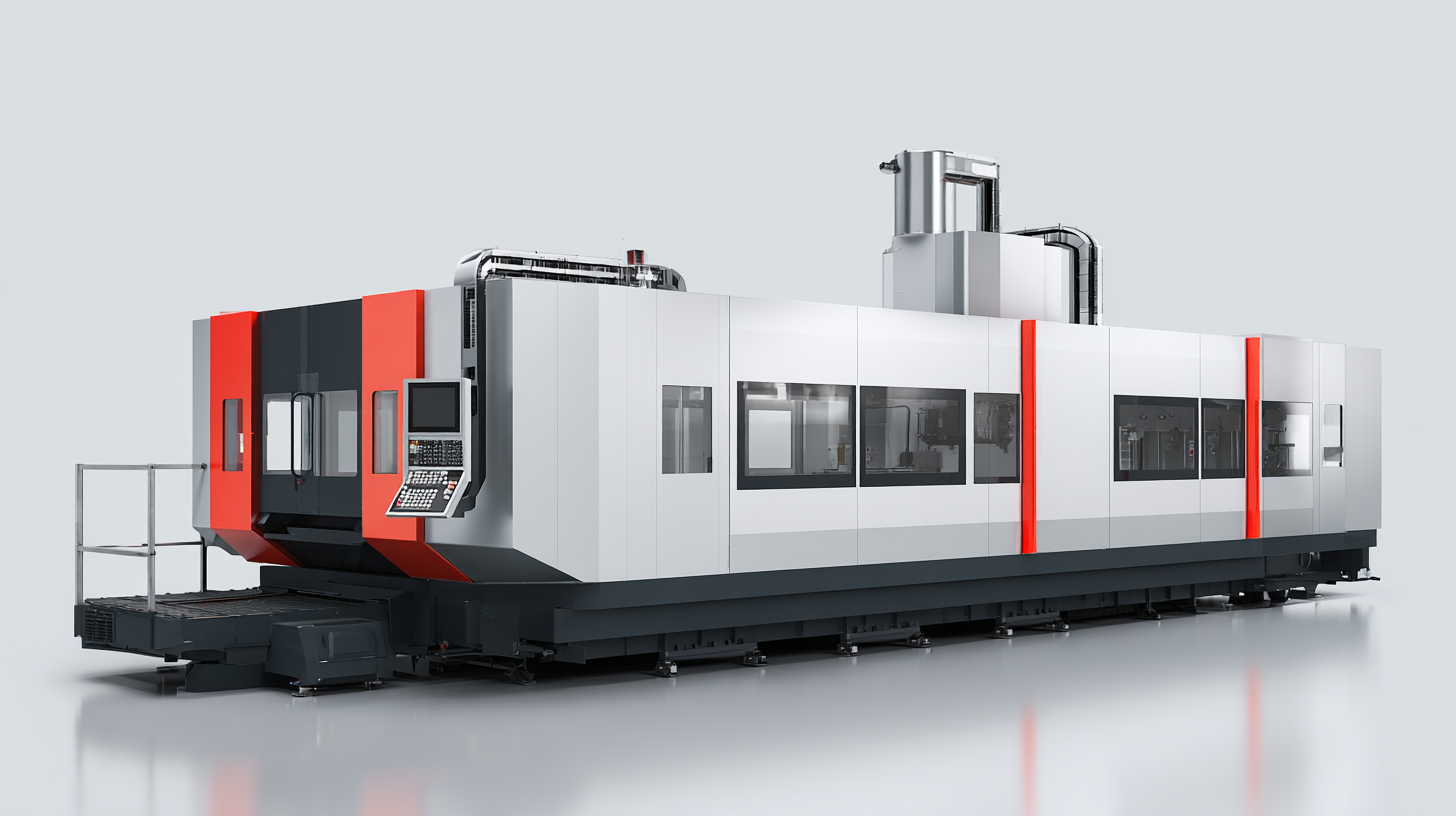
These products enable real-time analytics and improved decision-making processes, ultimately leading to increased operational efficiency. As businesses seek to leverage IoT for smarter operations, the significance of industrial computing products remains paramount, revolutionizing how industries integrate and utilize technology in their everyday functions.
The Role of Industrial Computing in Modern Automation Systems
Industrial computing plays a crucial role in the evolution of modern automation systems, serving as the backbone that facilitates seamless integration of Internet of Things (IoT) devices. As industries increasingly adopt smart technologies, the need for robust computing solutions has never been more vital. These powerful computing products enable real-time data processing and analytics, which are essential for making informed decisions that enhance operational efficiency and productivity.
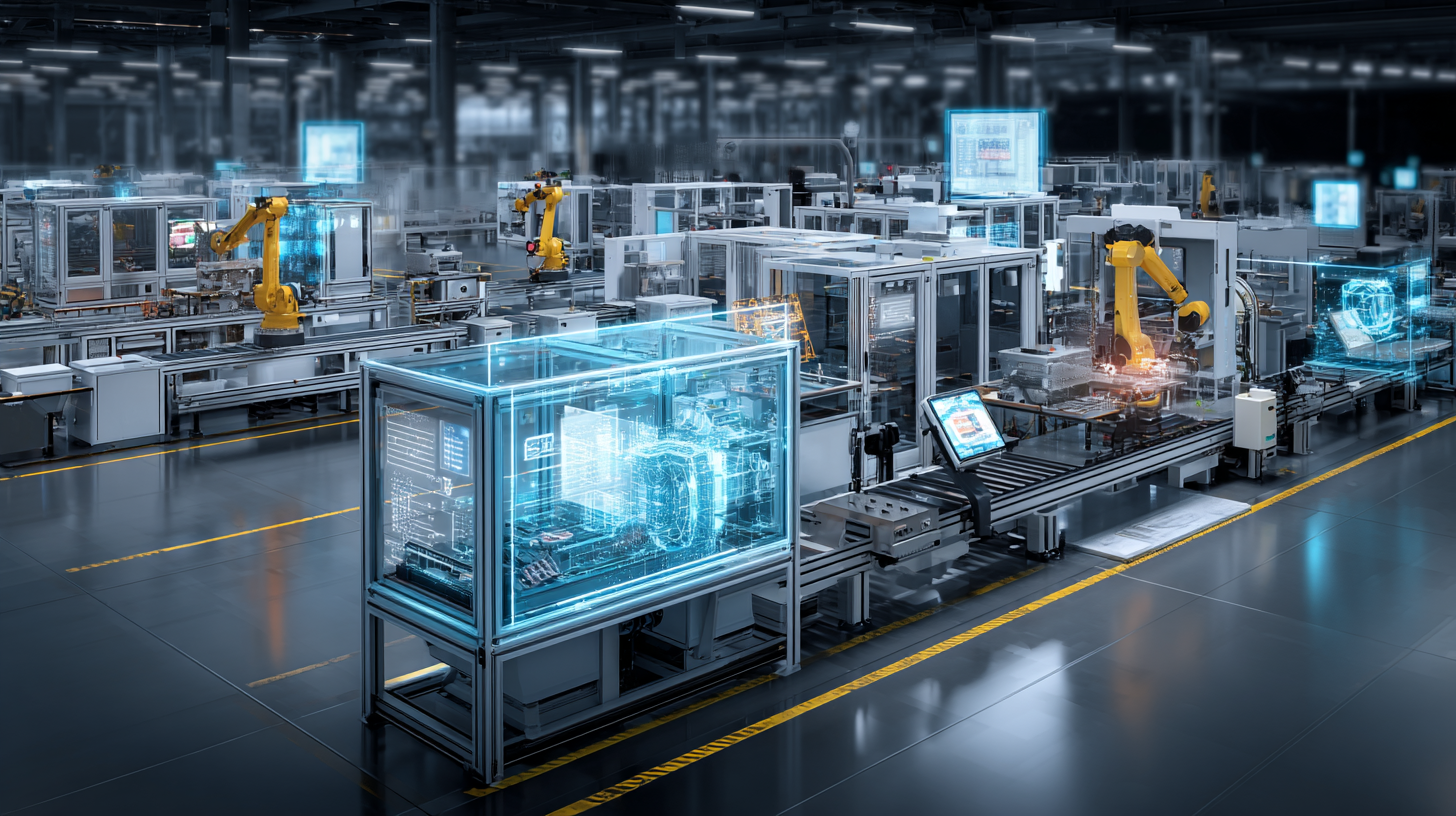
Moreover, the deployment of industrial computing systems allows for enhanced connectivity across various devices and platforms. By utilizing edge computing and centralized cloud solutions, manufacturers can collect and analyze vast amounts of data generated by IoT sensors and devices. This not only helps in predictive maintenance and reducing downtime but also supports advanced applications such as remote monitoring and automation of manufacturing processes. Consequently, industrial computing acts as a catalyst for the convergence of information technology (IT) and operational technology (OT), paving the way for smarter, more responsive industries.
Key Benefits of IoT Integration through Industrial Computing Products
The integration of Internet of Things (IoT) in industrial settings is redefining automation through industrial computing products, bringing forth a multitude of benefits that enhance efficiency and productivity. By connecting a network of sensors and devices, businesses can monitor operations in real-time, leading to proactive decision-making. This connectivity allows for immediate reporting of anomalies, resulting in reduced downtime and maintenance costs. With the ability to analyze vast amounts of data generated on the factory floor, companies can optimize their supply chains, refine production processes, and improve overall operational efficacy.
Moreover, the convergence of IoT with advanced technologies such as artificial intelligence (AI) enhances the functionality of industrial computing products. This intersection, often termed the artificial intelligence of things (AIoT), enables smarter automation and more informed decision-making processes. For instance, predictive analytics powered by AI can forecast equipment failures before they occur, minimizing disruptions. The embrace of these technologies not only streamlines workflows but also fosters an environment of innovation, positioning companies to better adapt to the rapidly evolving industrial landscape.
Impact of Industrial Computing Products on IoT Integration
Challenges in Implementing Industrial Computing for IoT Solutions
The integration of industrial computing products into Internet of Things (IoT) solutions presents both transformative opportunities and significant challenges. According to a report by MarketsandMarkets, the global IoT in manufacturing market is expected to grow from $15.3 billion in 2020 to $38.2 billion by 2025, underscoring the increasing importance of robust industrial computing infrastructure. However, implementing these technologies is not without its hurdles. One of the main challenges is ensuring the compatibility of diverse industrial systems with new IoT devices. As operations encompass various legacy systems, achieving seamless integration requires a careful approach to system architecture.
Another critical issue is the cybersecurity risks associated with connecting industrial systems to the IoT. Research from Cybersecurity Ventures estimates that by 2025, cybercrime will cost the world $10.5 trillion annually, highlighting the urgency for effective security measures. Industries must invest in advanced cybersecurity solutions to protect sensitive data and maintain operational integrity. Furthermore, the need for skilled personnel capable of managing these complex systems exacerbates the challenge, as the skills gap in IoT and cybersecurity continues to widen. Organizations must prioritize training and development to bridge this gap and harness the full potential of industrial computing in their IoT strategies.
Revolutionizing Automation: The Impact of Industrial Computing Products on IoT Integration - Challenges in Implementing Industrial Computing for IoT Solutions
| Dimension | Current State | Challenges | Potential Solutions |
|---|---|---|---|
| Data Processing | High volume, real-time | Latency issues | Edge computing |
| Interoperability | Diverse protocols | Protocol mismatches | Standardization |
| Scalability | Limited in legacy systems | Difficulty in scaling | Modular architecture |
| Security | Increased vulnerability | Data breaches | Enhanced cybersecurity measures |
| Maintenance | High overhead costs | Downtime | Predictive maintenance |
Future Trends in IoT and Industrial Computing Synergy
The synergy between IoT and industrial computing is set to reshape future industries by enhancing automation and efficiency. As organizations increasingly adopt smart technologies, the integration of industrial computing products with IoT platforms is becoming essential. These advancements enable seamless data exchange and real-time analytics, allowing for smarter decision-making and predictive maintenance. The ability to monitor equipment and processes from anywhere fosters a more agile response to operational challenges, driving productivity and reducing downtime.
Future trends indicate that the integration will not only involve enhanced connectivity but also a growing emphasis on edge computing. By processing data closer to the source, organizations can minimize latency and bandwidth usage, leading to quicker insights and improved performance in critical applications. Additionally, advancements in artificial intelligence and machine learning will play a pivotal role in analyzing the vast amounts of data generated, paving the way for intelligent automation solutions. As industries evolve, the partnership between IoT and industrial computing will become increasingly indispensable, enabling businesses to harness the full potential of their operations.
Case Studies: Successful IoT Implementations in Industry using Computing Technologies
The integration of Industrial Internet of Things (IIoT) technologies is transforming the manufacturing sector, shaping a new paradigm of intelligent production. A comprehensive review of the driving force behind this transformation highlights the advent of smart manufacturing through IIoT systems, which enhance operational efficiency and streamline processes. Industries are increasingly adopting these technologies to optimize supply chains, improve product quality, and facilitate real-time data analytics, ultimately leading to a more responsive and agile manufacturing environment.
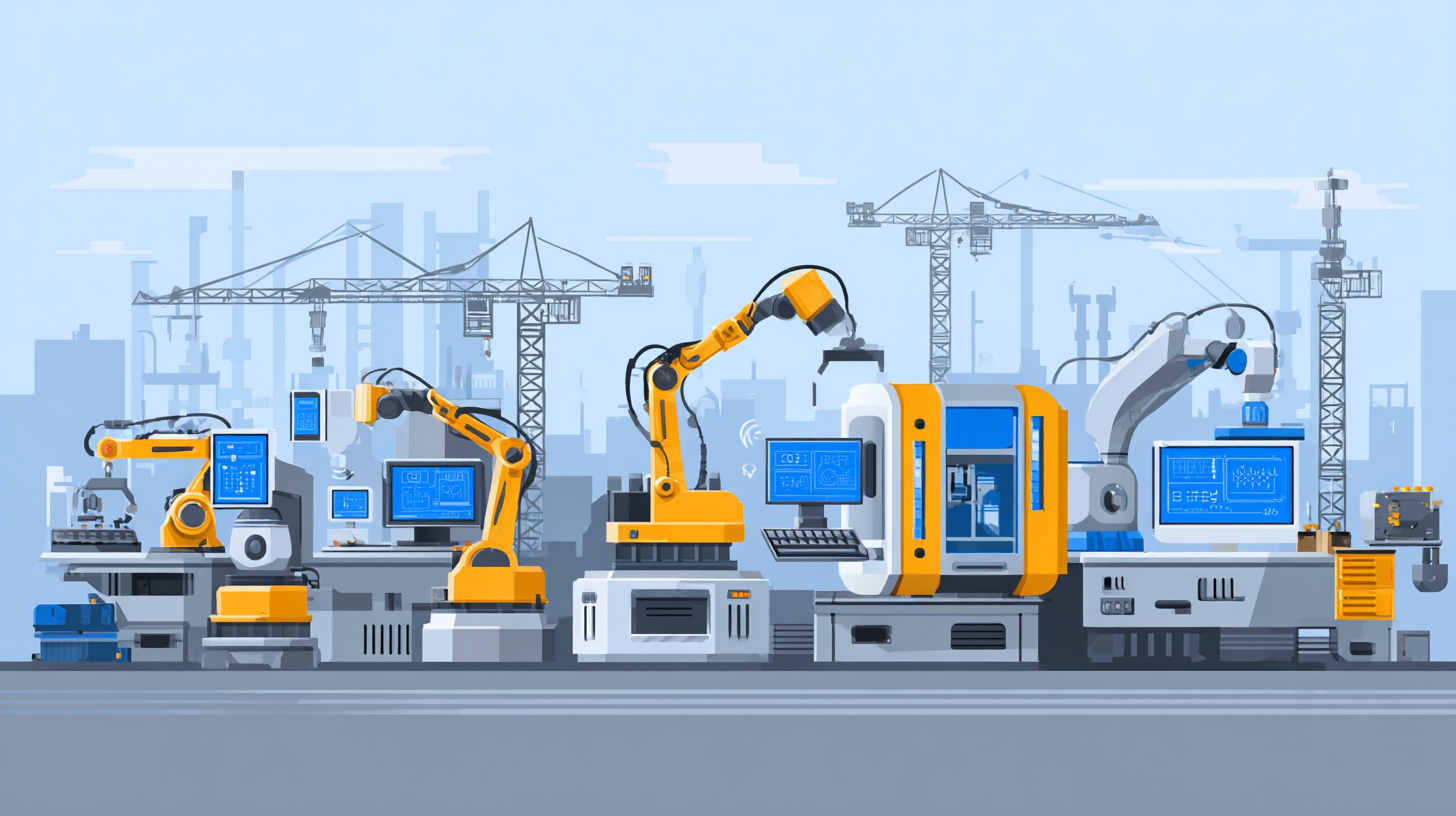
Furthermore, a five-layer IIoT architecture underscores the evolution of intelligent manufacturing solutions, emphasizing the importance of decentralized cloud-edge collaboration. This structure allows for the seamless integration of various computing technologies, enhancing data sharing and processing capabilities across the manufacturing landscape. Identifying seven crucial technologies that expedite this transformation, such as advanced analytics, machine learning, and automated systems, reveals their significant contributions to the modernization of manufacturing processes. The recent forum hosted by a prominent cloud technology provider showcased multiple successful case studies, inspiring industry leaders to embark on their journeys towards "smart manufacturing" through innovative applications and collaborative computing strategies.
Related Posts
-
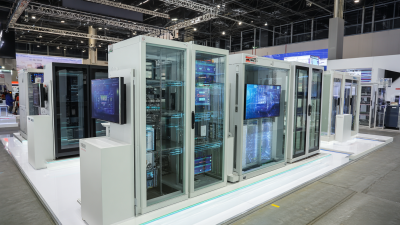
Exploring the Future of Industrial Computing Products at the 2025 China Import and Export Fair
-

How to Optimize Your Industrial Computing Products for Maximum Efficiency
-
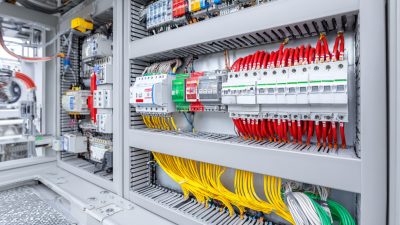
10 Essential Tips for Choosing the Right Industrial Computer System for Your Business
-
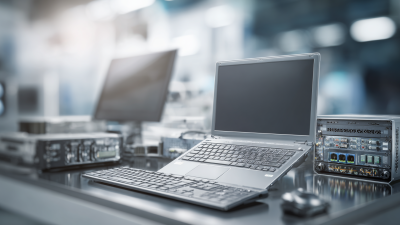
10 Reasons Why Industrial Computing Products are the Best Choice for Your Business
-
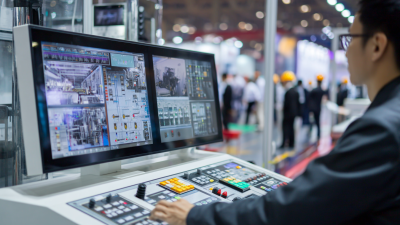
Exploring the Future of Industrial Computer Companies at the 138th Canton Fair 2025 in China
-
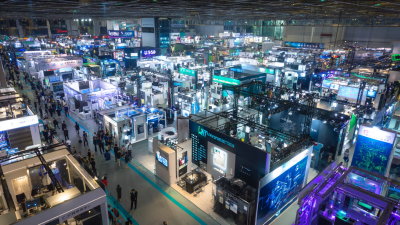
Exploring the Growth of Industrial Computer Companies at the 138th Canton Fair 2025: Trends and Insights

